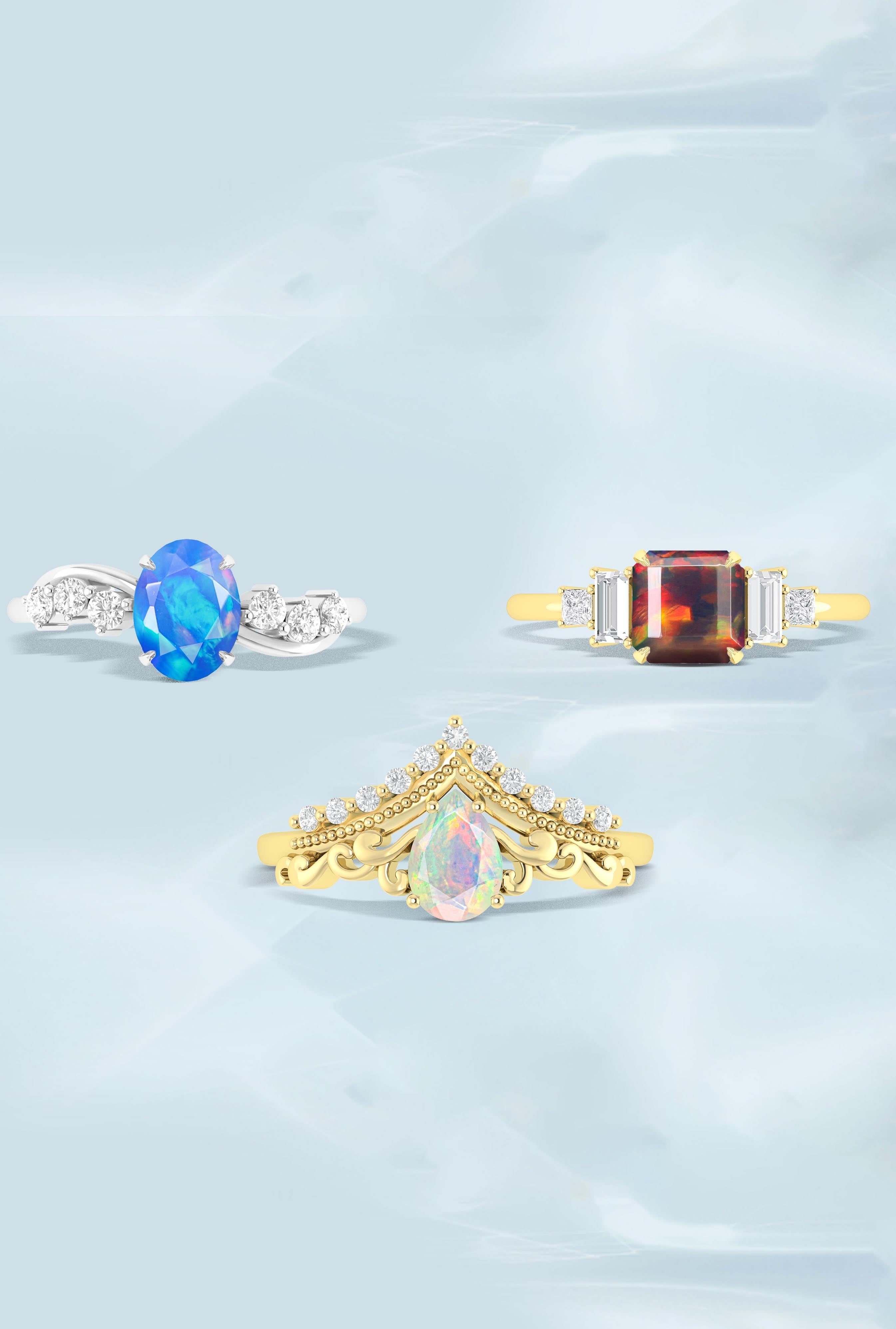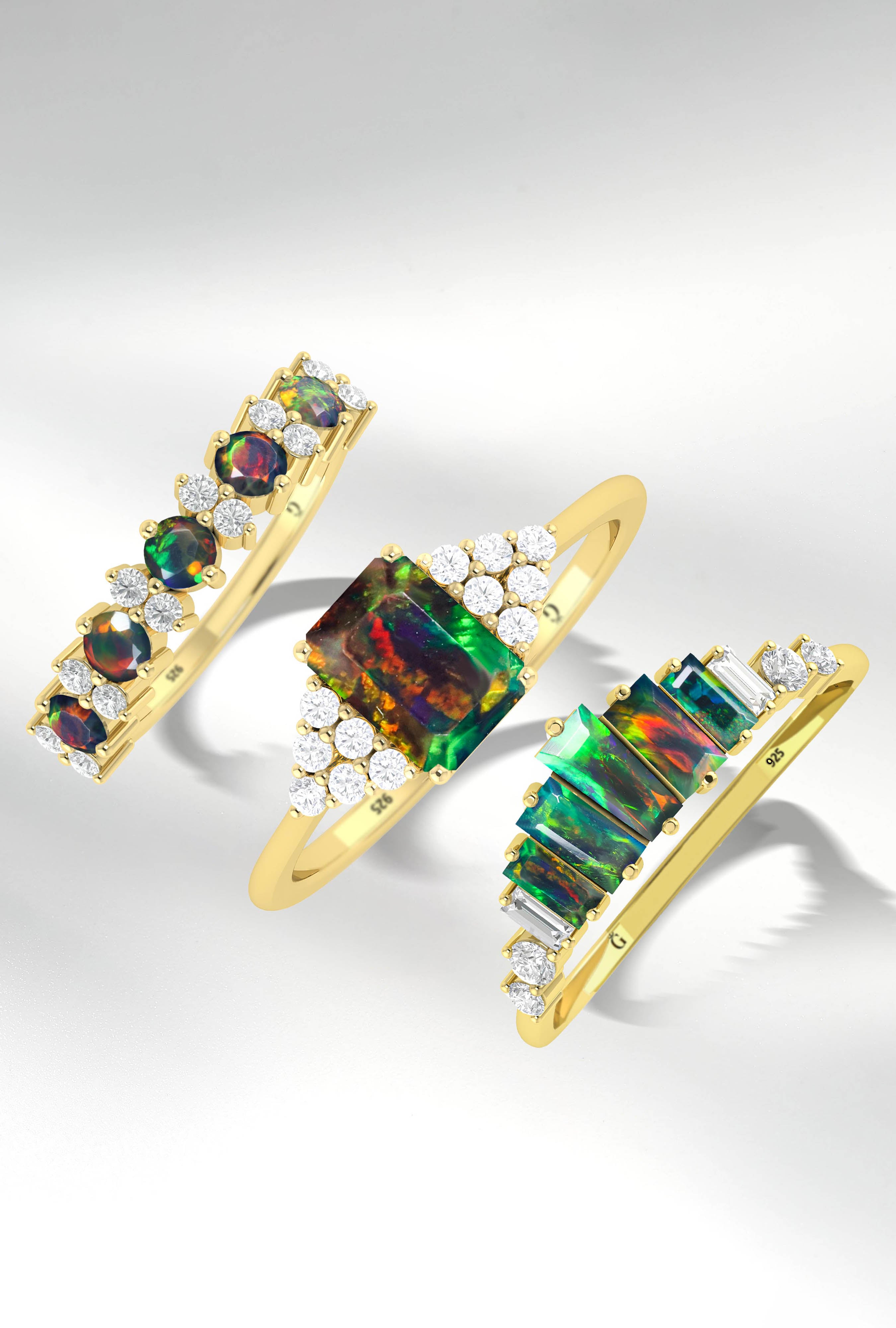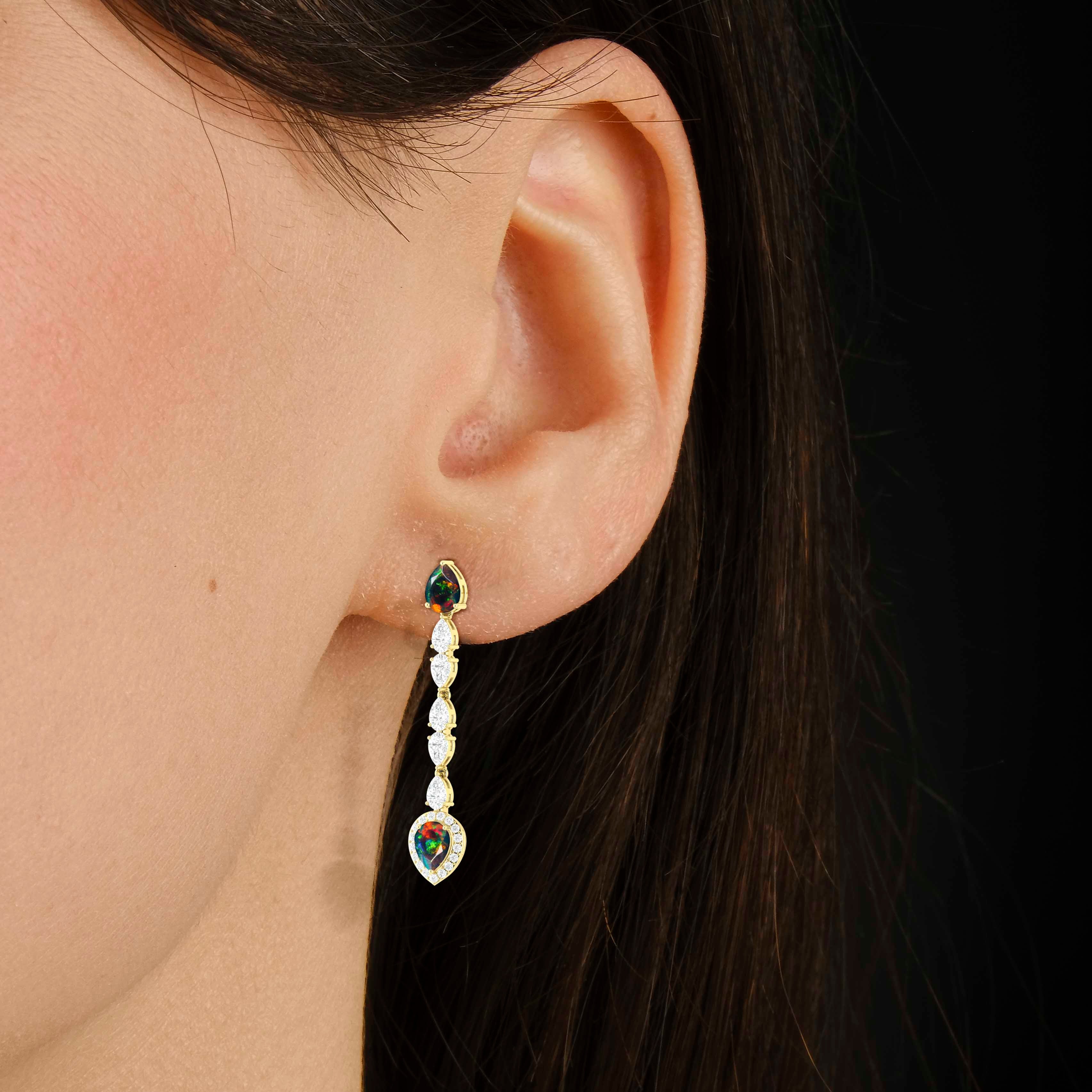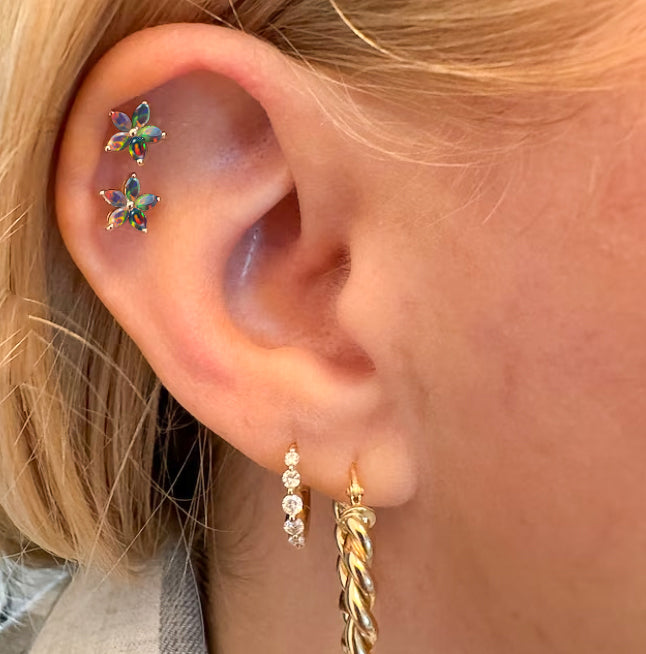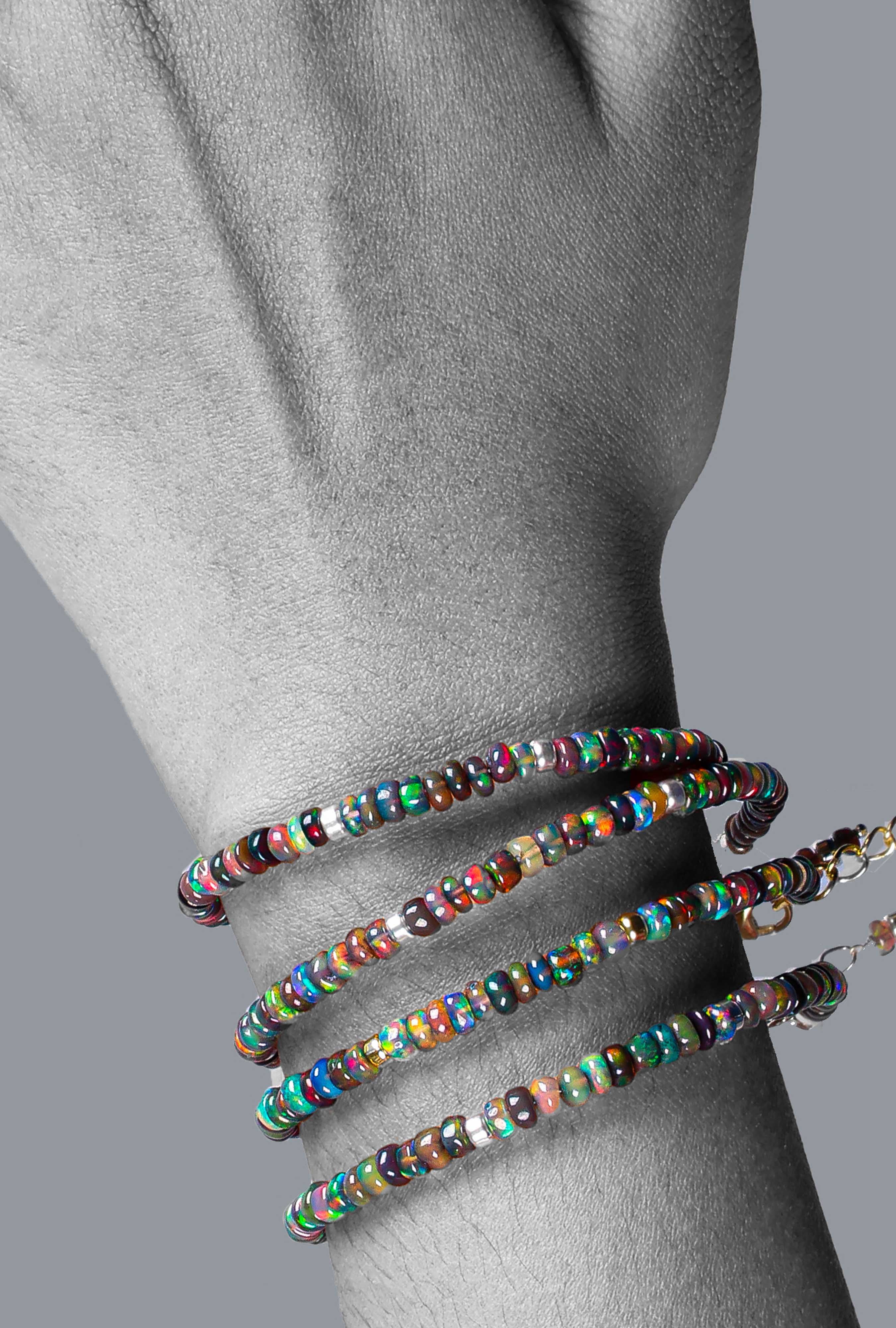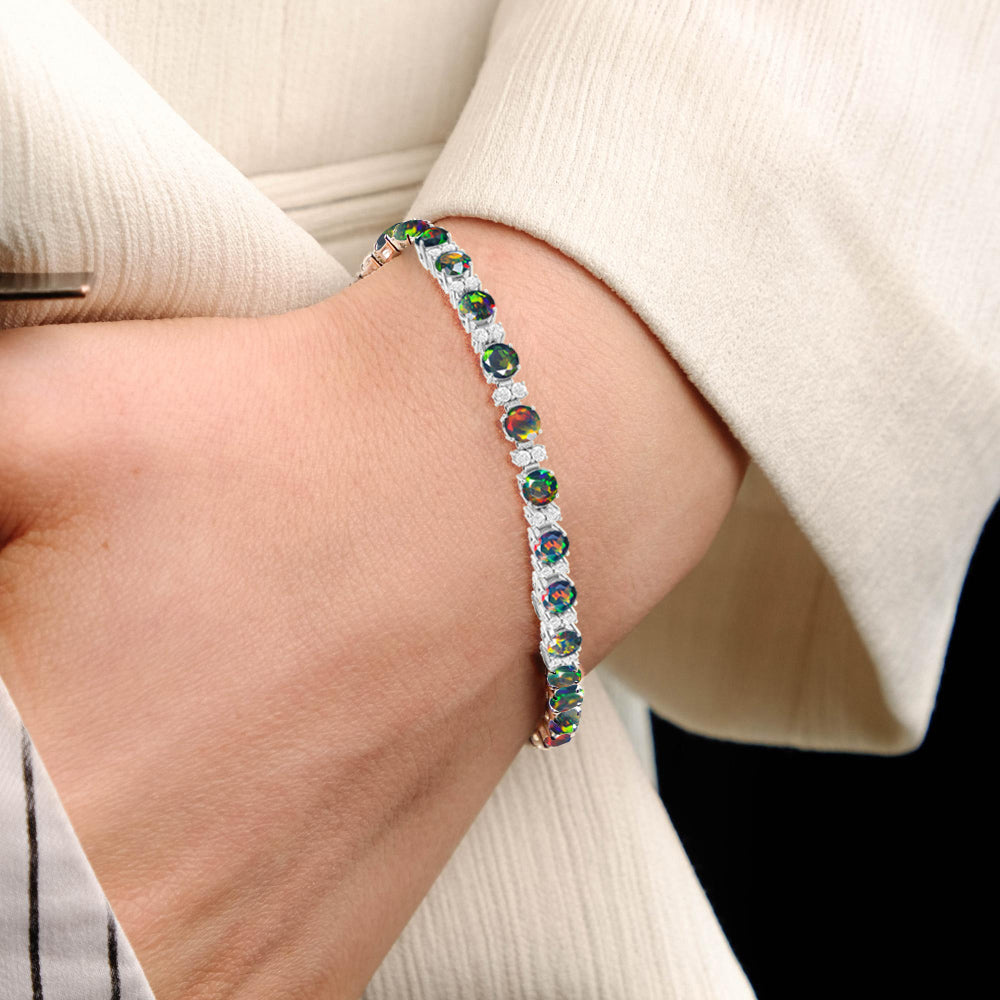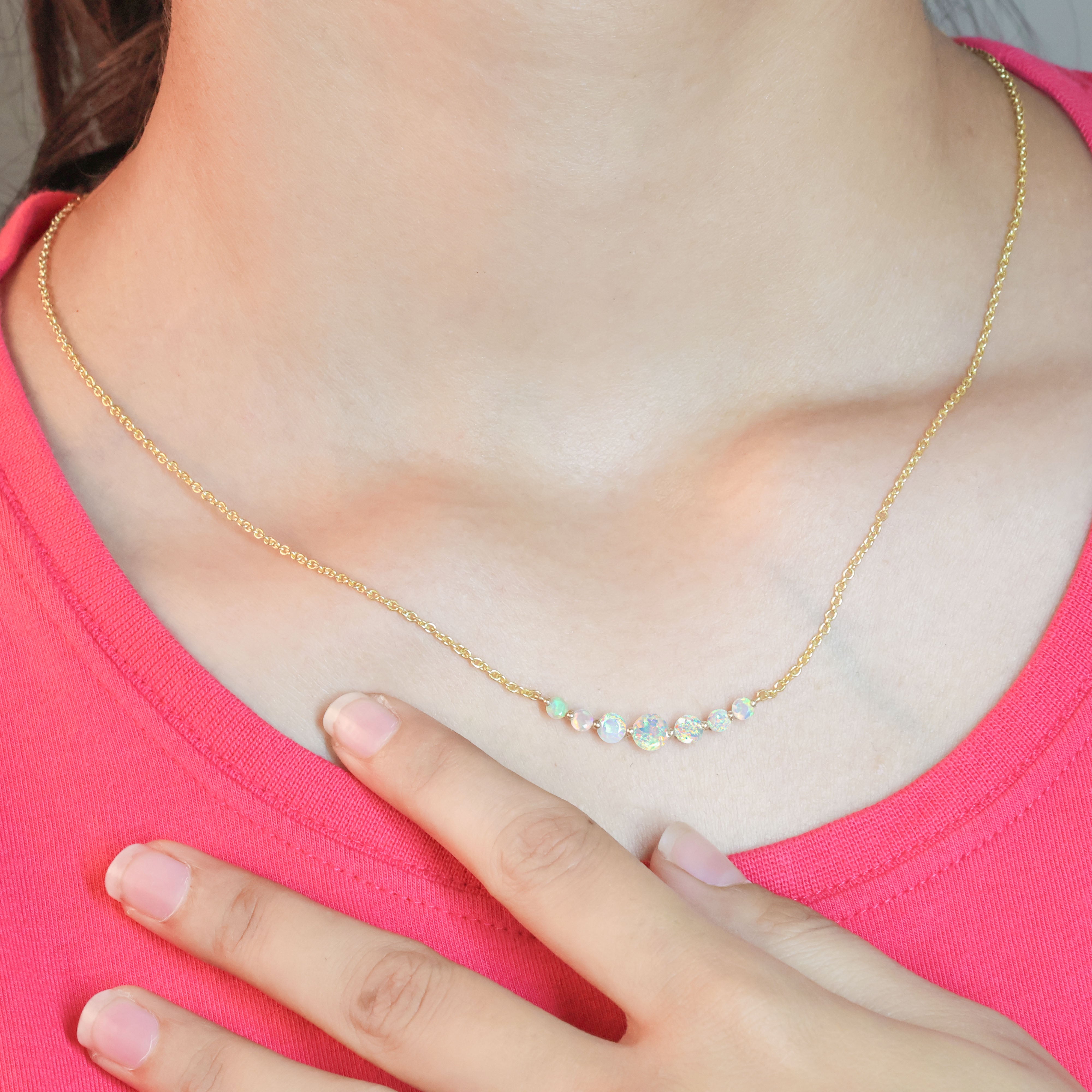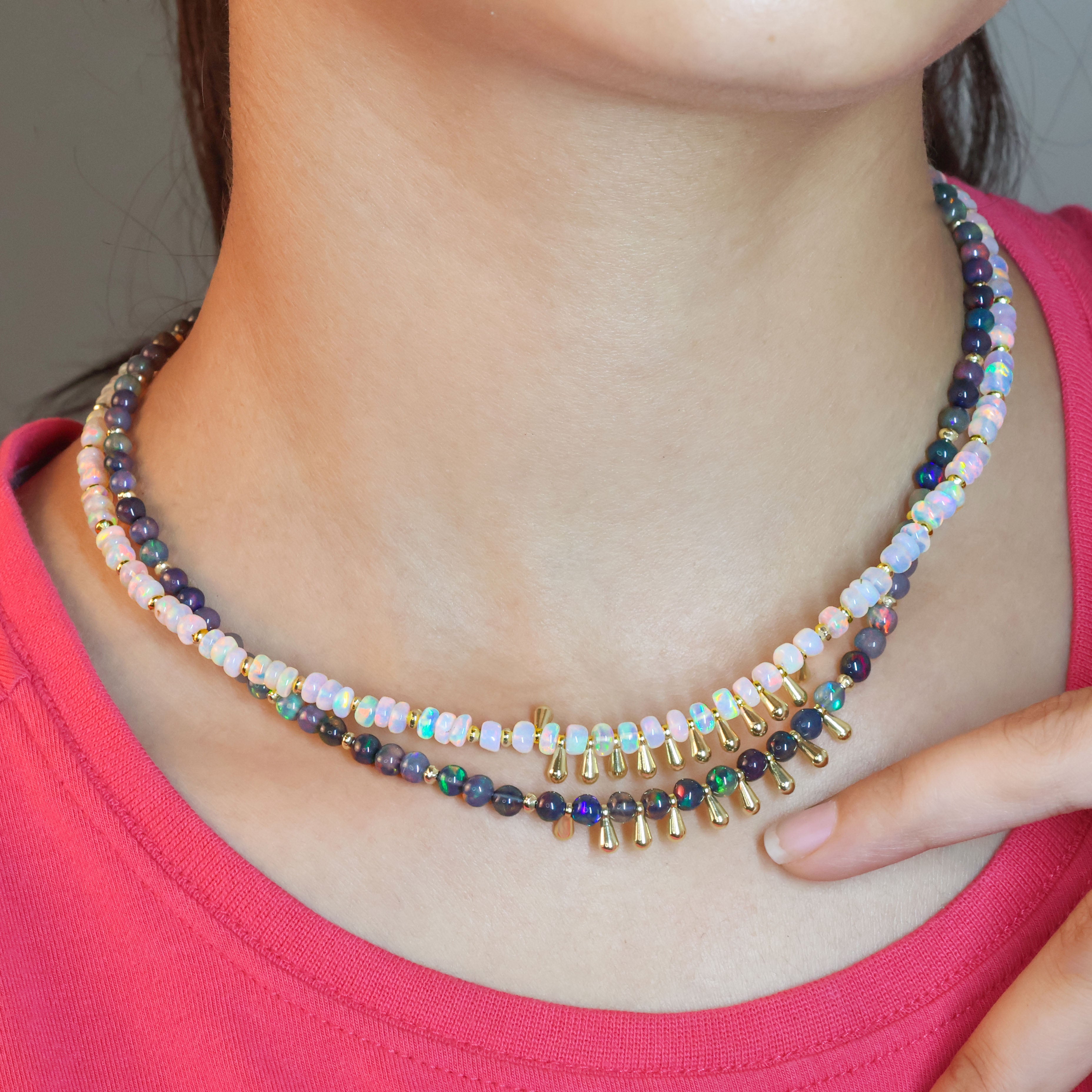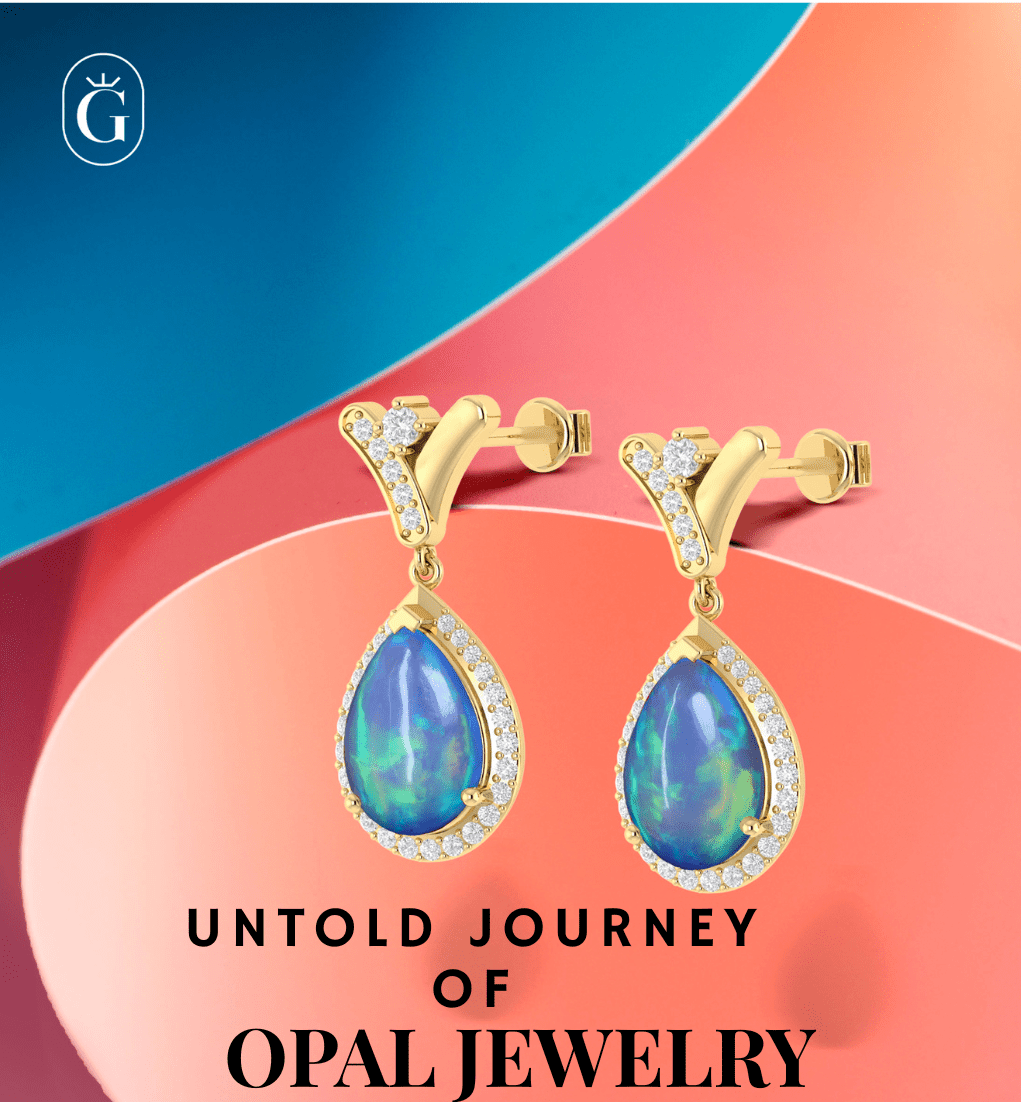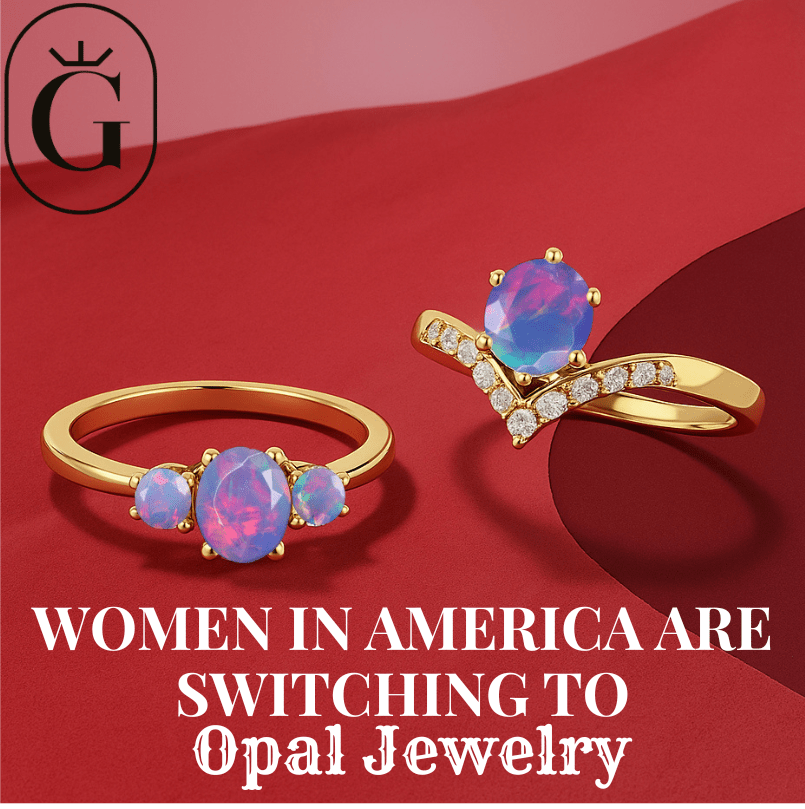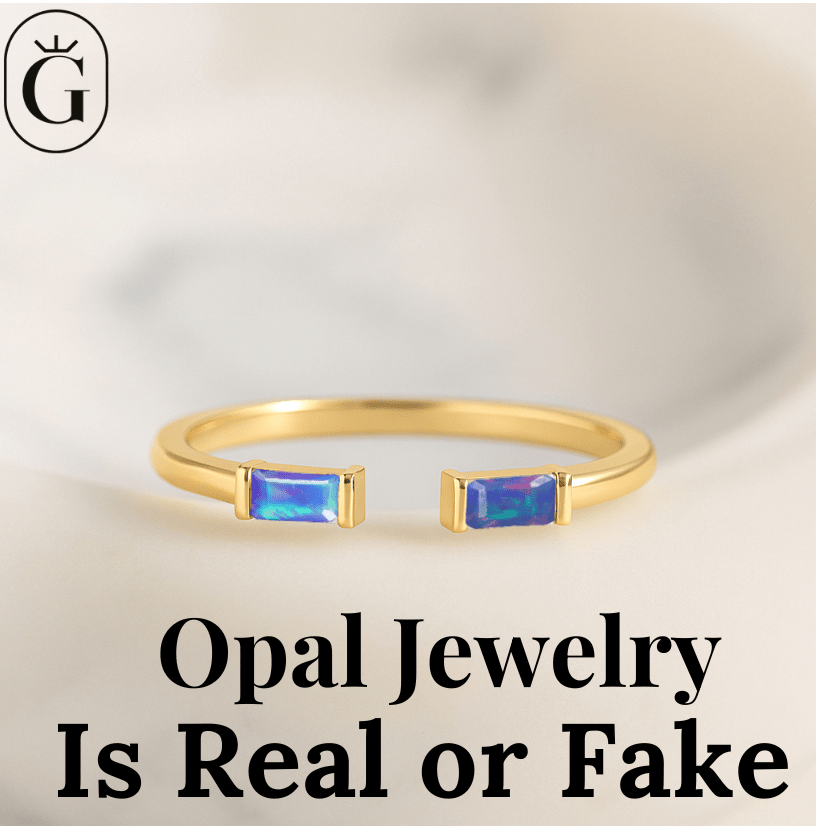
Opal Jewelry Authenticity: Real or Fake? Buyer’s Guide
The Rise of Opal Jewelry and the Problem with Fakes
In today’s jewelry market, opal jewelry has become the most sought-after trend in the USA loved for its rainbow shimmer, emotional symbolism, and timeless elegance.
But with popularity comes imitation.
Unfortunately, the market is now flooded with synthetic and imitation opals, often sold as “authentic” at lower prices.
For buyers, especially in the USA, this creates confusion: How do you know if your opal jewelry is truly real?
This ultimate guide by GoodStone Jewels helps you learn to spot the difference — so you can buy genuine opal earrings, necklaces, rings, and bracelets with confidence.
1. The Beauty of Real Opal Jewelry
Real opals are nature’s miracle — each gemstone uniquely formed over millions of years by silica deposits and water.
They display what jewelers call “play of color” — shifting shades of blue, green, red, or yellow when light hits the surface.
That’s why no two natural opals ever look the same.
Each real opal jewelry piece from GoodStone Jewels carries a one-of-a-kind color pattern, like a fingerprint.
2. Understanding the Difference: Natural vs Synthetic vs Imitation Opal
Type Description Common Signs
Natural Opal Mined from the earth, with irregular color patterns. Uneven brilliance, unique flashes of color.
Synthetic Opal Lab-created using silica under controlled conditions. Perfect, repetitive patterns; lacks depth.
Imitation Opal Made from glass or resin; no real silica content. Too glossy, same pattern across every piece.
Tip: Real opals feel slightly cool to touch and have natural imperfections. Fakes often look too perfect.
3. Check for the Famous “Play of Color”
Hold your opal earring or ring under natural light and move it slightly.
Do you see a rainbow-like color shift across the surface?
✅ Real opal: Color moves and changes with every angle.
❌ Fake opal: Colors stay flat or look printed on the surface.
This natural play of color is the #1 sign of authenticity — and something even advanced lab stones struggle to imitate.
4. The Back Test: Examine the Base of the Gemstone
Real opals are usually set in solid metal bases — gold, silver, or platinum.
If you see plastic, resin, or double layers, that’s a red flag.
Types to avoid:
Opal Doublet: A thin opal slice glued onto a black base.
Opal Triplet: Has an added glass dome to enhance shine.
Both are cheaper alternatives — not “fake,” but not solid opal either.
GoodStone Jewels, all products use solid natural opals for lasting brilliance and genuine value.
5. Price Reality Check: If It’s Too Cheap, It’s Not Real
A real opal takes millions of years to form and hours of craftsmanship to polish.
That’s why true opal earrings or necklaces come at a certain cost.
Quick Rule:
If you see an “opal bracelet” under $50 claiming to be natural opal, it’s likely lab-made or imitation.
Authentic, handcrafted opal jewelry from ethical sources is an investment in timeless style — not a mass-produced trinket.
6. Look for Certification and Transparency
Trusted sellers (like GoodStone Jewels) provide product details, including:
Gemstone Type: Natural or lab-created
Origin: Australia, Ethiopia, or Mexico
Metal Used: Sterling Silver, 14K Gold, or Rose Gold
Care Instructions & Authenticity Guarantee
Buying certified opal jewelry ensures you get what you pay for — true quality and ethical sourcing.
7. Spotting Fakes in Online Stores
If you shop opal jewelry online in the USA, follow this quick checklist:
✅ Clear close-up photos of the gemstone.
✅ Realistic pricing (avoid flashy “90% OFF” deals).
✅ Trusted domain or brand (like GoodStoneJewels.com).
✅ Verified customer reviews with images.
Most fake jewelry sellers avoid showing multiple angles because their stones look identical from every side.
8. Comparing Real vs Fake Opal Jewelry at a Glance
Feature Real Opal Jewelry Fake/Synthetic Jewelry
Color Natural, varied, and unpredictable Uniform and repetitive
Texture Smooth but with natural imperfections Perfectly smooth, glassy
Origin Mined naturally Lab or chemical process
Price Reflects rarity and craftsmanship Much cheaper
Light Reflection Multi-angle rainbow play Flat color, no shift
9. Why Americans Prefer Real Opals Over Synthetic Ones
In the USA, buyers are now more aware of authentic gemstones than ever.
Genuine opal jewelry connects emotionally — it’s a symbol of truth, individuality, and creativity.
Besides its beauty, real opal is known for:
Emotional healing and self-expression
Vibrant natural energy
Higher resale and heirloom value
That’s why more Americans are investing in handcrafted opal jewelry from GoodStone Jewels — where every gemstone tells its story.
10. How to Protect Your Opal Jewelry’s Shine
Even real opals need care to maintain their natural luster:
Keep away from direct heat or strong light.
Store separately from harder gemstones.
Clean gently with a soft damp cloth.
Avoid chemical cleaners and perfumes.
By caring for it right, your opal jewelry will remain your lifelong treasure.
11. Final Thoughts: Buy Smart, Buy Genuine
Fake jewelry may look tempting, but it fades fast — both in shine and meaning.
A real opal, on the other hand, grows more special with time — carrying light, love, and legacy.
So next time you’re browsing online, remember: authentic opal jewelry is worth every dollar for its artistry and story.
Shop Real Opal Earrings, Rings, Necklaces & Bracelets
Explore the Opal Jewelry Collection

